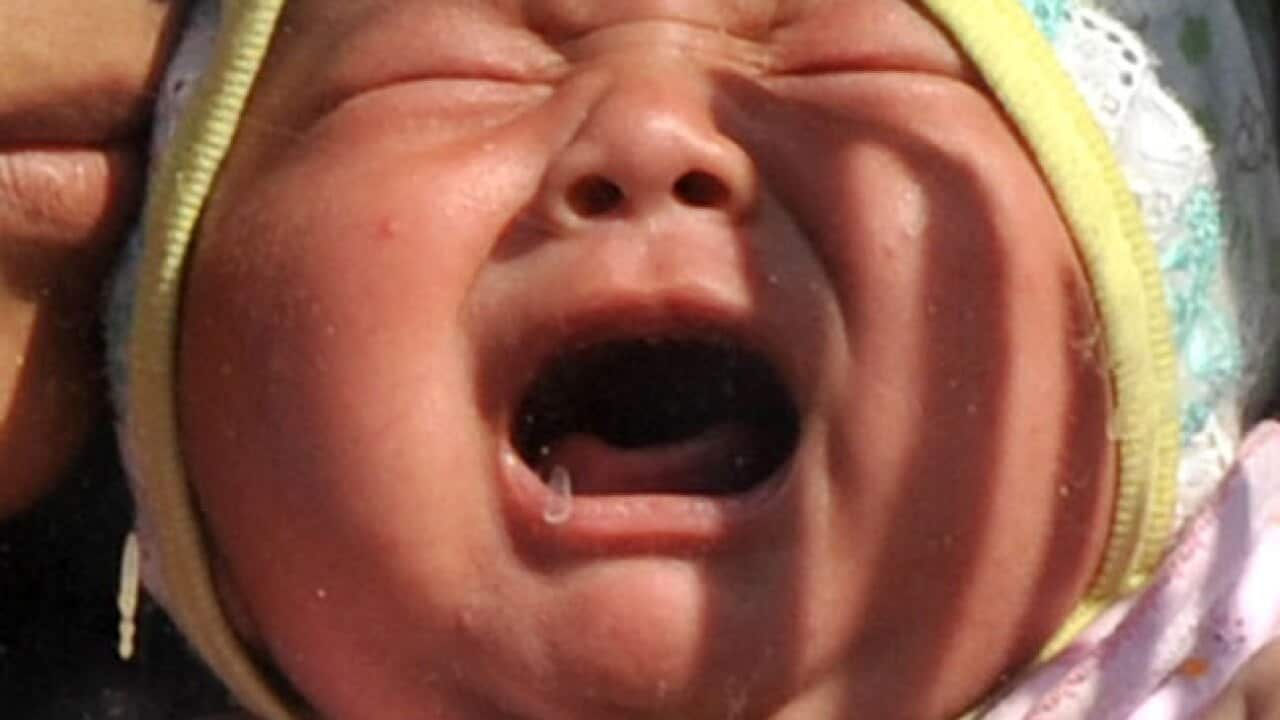Marriages between people who are related is more common than you might think. Unlike what many people think, their offspring are not doomed to birth defects or medical problems.
In fact, unless they both carry the same gene mutation, the couple's chance of having a healthy child is almost as high as any other couple. Let's examine why, through the story of one couple.
And baby makes three
Maria is planning a pregnancy with her partner Max. They visit their doctor to discuss family planning and pregnancy health, and during questioning, they disclose that they're first cousins. Their doctor refers them to a clinical genetics service for further advice.
What risks do they face, if any? And what information would be requested by the clinical genetics service?
In multicultural Australia, marriage between family members does occur, most commonly between first or second cousins. From a medical perspective, Mary and Max have several issues to consider.
The first of these relates to their exact genetic relationship. Genetically speaking, the closer one is to a family member, the more genes will be shared. Monozygotic (identical) twins have the same genetic make-up and share 100% of their genes. A parent and child share half their genes, as do siblings. An uncle and his niece, or an aunt and her nephew (a second-degree relationship) share a quarter of their genes.
Maria and Max, being cousins (a third-degree relationship), share an eighth of their genetic make-up. This being the case, what are Maria and Max at risk of?

As they share a significant proportion of their genes, the couple are at risk of having a child with an autosomal recessive condition. This kind of condition is caused by having a “double dose” of a faulty gene.
We have two copies of every gene (for most genes) – one inherited from our father, and one from our mother. For many genes, our body can cope with just a single working copy, but when both copies are faulty, the person gets an autosomal recessive disease. Examples of such diseases include cystic fibrosis, thalassaemia (diseases of the blood), and spinal muscular atrophy.
Calculating risk
Most of us carry a handful or so of faulty recessive genes so marrying within your family increases your chance of “meeting” someone else with the same faulty recessive genes as you. And working out the degree of risk to Maria and Max's offspring depends on whether or not they have a known family history of an autosomal recessive condition.
In the genetics clinic, a medical geneticist would ask them about the health of family members going back several generations, and draw a detailed family tree. Reports about other family members might need to be verified to establish an exact diagnosis.
If Maria and Max do have a family history of an autosomal recessive condition, such as thalassaemia, their degree of risk could be calculated based on who the affected individual was. Depending on the exact condition, testing could be offered as carrier screening. In the case of thalassaemia, for instance, Maria and Max could be offered a blood test to look for changes in their blood cells that might indicate that they're carriers of the thalassaemia gene.
But if they don't have any family history of an autosomal recessive condition, the medical geneticist would have to rely on risk estimates based on population data and general experience. We know (based on Victorian data) that approximately four in 100 couples will have a baby with a birth defect, which may be mild or severe. First-cousin marriages add extra risk to this, resulting in an approximate doubling of the background risk.
Without a family history of an autosomal recessive condition, Maria and Max have an 8% chance of having a child diagnosed with a problem after birth. In other words, their chance of having a healthy baby is greater than 90%, a figure that most people find quite reassuring.
This figure is not too different to the general population risk of having a baby with a birth defect. Most related couples accept this risk and focus instead on general measures to have a healthy baby, such as taking folate, losing weight, and reducing their intake of alcohol and cigarettes.
For advice on this topic or if you have concerns about a possible genetic condition in your family, contact the Victorian Clinical Genetics Services or your local clinical genetics service.
Tiong Tan does not work for, consult to, own shares in or receive funding from any company or organisation that would benefit from this article, and has no relevant affiliations.


